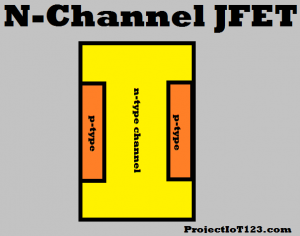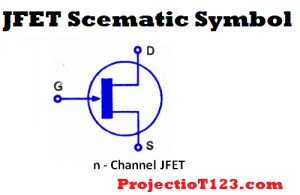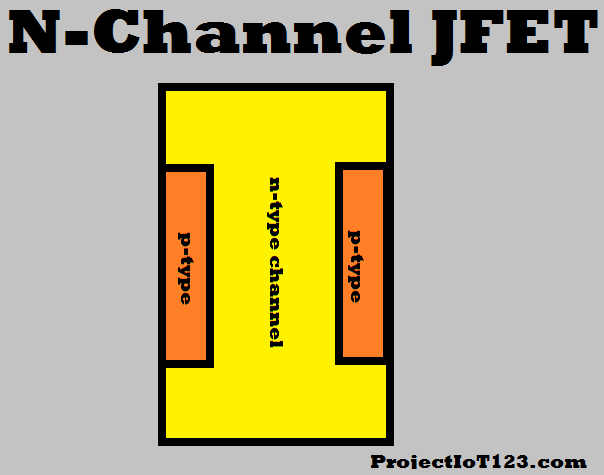What is Field Effect Transistor Leave a comment
 I hope you all are fine; in this article I will discuss the basics of field effect transistor. Transistor is an important electronic component in analog and digital electronics and has a variety of applications. Transistors are employed in almost every electronic circuit and Integrated Circuit
I hope you all are fine; in this article I will discuss the basics of field effect transistor. Transistor is an important electronic component in analog and digital electronics and has a variety of applications. Transistors are employed in almost every electronic circuit and Integrated Circuit
(IC). I will discuss the basics of the field effect transistor in this article.
What is Field Effect Transistor
After reading this post the user will be able to learn about the construction and working of the field effect transistors so sit back, keep reading and enjoy learning.
Field Effect Transistor Types:
A large number of different transistors are available in the market. Each transistor is optimized to perform a particular task for example a transistor may be optimized for audio applications or for switching applications. As described in my previous article that on the basis of the working principle the transistor are categorized into two major categories.
- Bipolar Junction Transistor.
- Unipolar Junction Transistor.
A bipolar junction transistor is the transistor in which the conduction is carried by both types of charge carriers. It means that the current flow in the Bipolar Junction Transistor is due to the flow of both holes and electrons.
On the other hand a Unipolar Junction Transistor is the one in which the conduction is carried by only one of the two charge carriers that is either by holes or electrons. It is important to note that the Field Effect Transistors are unipolar transistors. In this article I will stick to the Field Effect Transistors only.
Field Effect Transistor:
Field Effect Transistor is an important family of transistors. The field effect transistors are classified on the basis of the working principle of the transistors. The term “Field Effect” in the Field Effect Transistor means that the electric field is used to control the flow of current through the device. Two major members of the Field Effect Transistor family are:
- Junction Field Effect Transistor (JFET).
- Metal Oxide Semiconductor Field Effect Transistor (MOSFET).
With respect to construction JFET are simpler than the MOSFETS. I will discuss the working and construction of the JFET in this article.
An important point to note here is that just like as in the case Bipolar Junction Transistors there are NPN and PNP transistors similarly there N-Channel and P-Channel field effect transistors.
N-Channel and P-Channel FETs:
The current flow in the Field Effect Transistors consists of either the holes or electrons and the current flow through the channel and this channel can be N-type or P-type. An N-type channel consist of the electrons as majority charge carriers and the P-type channel consist of the holes as the majority charge carriers.
The basic construction of the N-Channel JFET is as shown in the following image:
Schematics Symbol of JFET:
The schematic symbol of the JFET is as shown in the following image:
 As shown in the above image that the JFET has three leads one lead is called the “Gate”, other is “Source” and finally the “Drain”. The JFETs are available in a variety of packages and the position of each pin depends on the package and can be determined using the datasheet.
As shown in the above image that the JFET has three leads one lead is called the “Gate”, other is “Source” and finally the “Drain”. The JFETs are available in a variety of packages and the position of each pin depends on the package and can be determined using the datasheet.
Applications of Transistor:
Although this is an introductory article however for motivation I am referring the common applications of the transistors. The common applications of the transistor listed as follows:
- JFET Transistors are used in amplifiers.
- JFET Transistors find applications in switching circuits such as the relay modules.
- Transistors can be found in almost every IC.
- Digital CMOS logic family uses Unipolar Junction Transistor as its main electronic component.
That is all for now I hope this article would be helpful for you. In the next article I will come up with more interesting topics. Till then stay connected, keep reading and enjoy learning.

